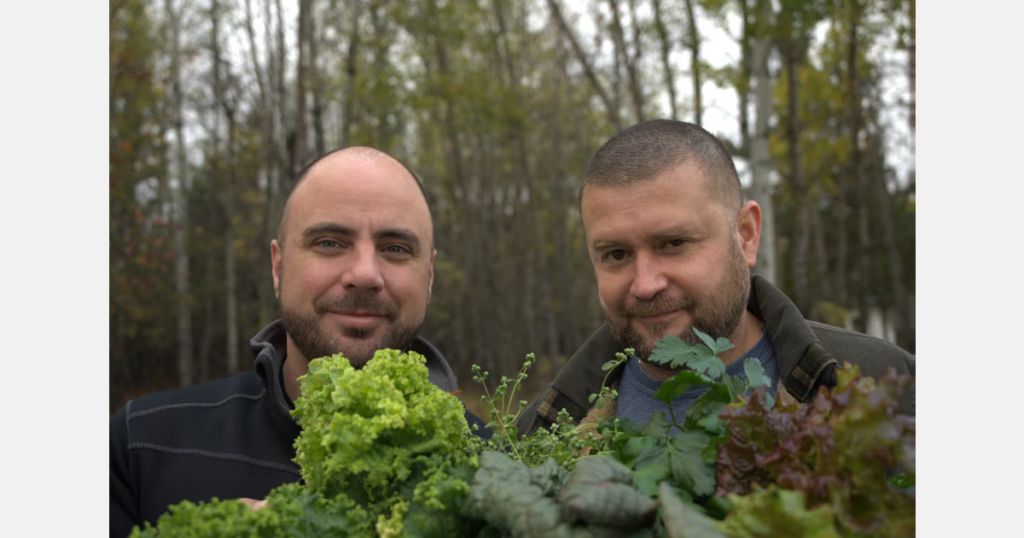“The further away from the highways you get, the worse it gets,” adds Feagin, who is combining his experience as a research scientist for the U.S. Department of Energy with Velez's agricultural roots to build a vertical farm that promises to improve access for Indigenous communities in the Far North and lower the price of fresh produce by 25 percent.
But after investing in the technology, Feagin quickly realized it didn't live up to its hype: “The costs of running these facilities are so high, and the systems have been so economized to maximize energy that they no longer perform as advertised.”
Agritech North has pivoted to a “living lab” model, using working farms as test beds for new vertical farming technologies. The company has begun designing cheaper greenhouse exterior technologies, heat and climate control systems to improve the interaction of air conditioners and dehumidifiers in vertical farms, and software to manage complex food systems in remote communities.
They're also addressing a problem known as the “carbon gap” in northern communities. “If you're growing in temperatures below -40 degrees, you don't want to bring that air onto the farm because it will kill your crops,” Feagin said.
Read the full article at The Globe and Mail.
Issue date: Thursday, June 13, 2024



